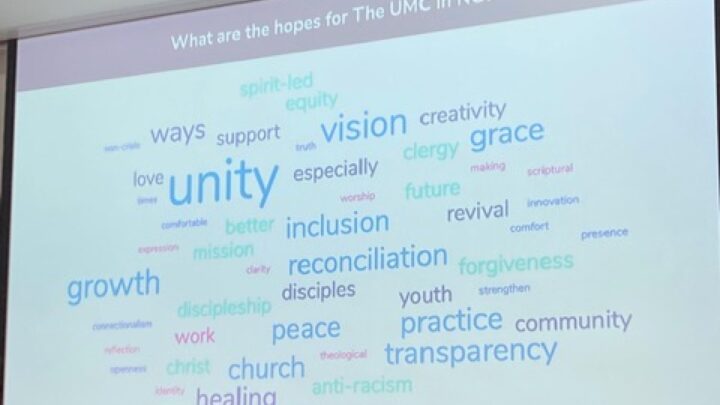52 They were all weeping and wailing for her; but he said, “Do not weep; for she is not dead but sleeping.” 53 And they laughed at him, knowing that she was dead. 54 But he took her by the hand and called out, “Child, get up!” Luke 8:52-54 | NRSV
In Dr. M. Scott Peck’s book, Further Along the Road Less Traveled, he recalls a conference he attended when Baptist theologian Harvey Cox was addressing a group of Christian healers. Among the gathered were pastors, therapists, nurses, and doctors. During his presentation, Cox retold the story from Luke 8 of Jesus and Jairus’ (who was a leader of the synagogue in Capernaum) and how Jesus raised Jairus’ daughter from the dead. In Luke’s story, as Jesus and his companions are heading to the home of Jairus’ dying child, a woman who has been hemorrhaging for years breaks from the crowd and touches Jesus’ robe. Luke says she does it in hope that she too will be healed. Jesus reels around and demands to know who touched him. The woman reluctantly owns up to touching the rabbi, and Jesus, feeling compassion for her, heals her on the spot. Soon Jesus and his entourage continue on their way to Jairus’ house where the young girl has, unfortunately, already died. Once they arrive, Jesus miraculously raises the child back to life.
In his book, Peck notes that Harvey Cox finished his retelling of Luke 8, and then he asked the audience of Christian healers and therapists to indicate which of the characters in the story they most strongly identified with. The bleeding woman? The anxious father? The curious crowd? Jesus? What Cox discovered was that around a hundred of those attending felt they identified most closely with the desperate woman. Several hundred of them said they identified most with Jairus, the synagogue ruler whose daughter was dying. Over half of those present said they identified most with the bystanders who were watching all of this drama unfold. And just six – yes, six – people said they identified most with Jesus. Peck’s point in recounting this experience was to illustrate that there is something seriously wrong with those who claim to be Jesus’ disciples when only one out of every hundred identified first and foremost with Jesus. Cox told a story about Jesus the healer, to a room full of healers, and almost none of them identified most with Jesus.
Christian author and blogger, John Pavlovitz, points us to the opportunities Jesus is giving each of in the present moment, no matter where we call home, reminding us that,
we are situated on the front lines of human beings in crisis in the way that Jesus was,
and we can be a similarly peacemaking presence or we can choose not to be. Like him,
we can (and should) be the helpers and the healers, the ones who alleviate suffering and
reduce despair, the people facilitating restoration and hastening wholeness, the better
angels of this sometimes hellish place. We get to be the concerned Samaritan stopping to
attend to the wounds so many others walk by. We get to be the grieving disciples, still
making room for an unexpected guest.
As healers ourselves, we all know from experience, that where the hurting are – Jesus is. Where the lonely are – Jesus invites us to make new friends. Where the grieving are – Jesus sends us to bring comfort. In all of our communities there are opportunities to join Jesus in His mission to seek and save and heal. The only question is:
Will We???
Still In ONE Peace, Jon (the Methodist)
Jon (the Methodist)

